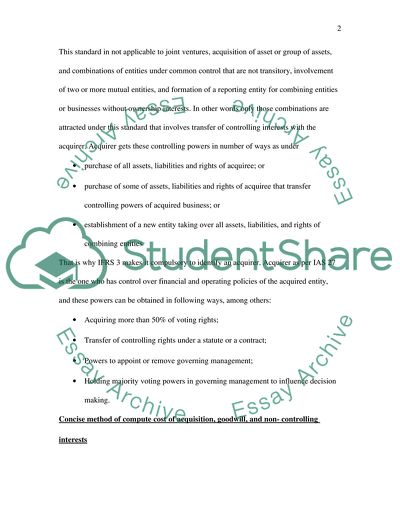Cite this document
(“IFRS 3 and IAS 17 Coursework Example | Topics and Well Written Essays - 2250 words”, n.d.)
IFRS 3 and IAS 17 Coursework Example | Topics and Well Written Essays - 2250 words. Retrieved from https://studentshare.org/finance-accounting/1718551-discuss-both-ifrs-3-and-ias-17-financial-accounting
IFRS 3 and IAS 17 Coursework Example | Topics and Well Written Essays - 2250 words. Retrieved from https://studentshare.org/finance-accounting/1718551-discuss-both-ifrs-3-and-ias-17-financial-accounting
(IFRS 3 and IAS 17 Coursework Example | Topics and Well Written Essays - 2250 Words)
IFRS 3 and IAS 17 Coursework Example | Topics and Well Written Essays - 2250 Words. https://studentshare.org/finance-accounting/1718551-discuss-both-ifrs-3-and-ias-17-financial-accounting.
IFRS 3 and IAS 17 Coursework Example | Topics and Well Written Essays - 2250 Words. https://studentshare.org/finance-accounting/1718551-discuss-both-ifrs-3-and-ias-17-financial-accounting.
“IFRS 3 and IAS 17 Coursework Example | Topics and Well Written Essays - 2250 Words”, n.d. https://studentshare.org/finance-accounting/1718551-discuss-both-ifrs-3-and-ias-17-financial-accounting.


